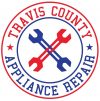Oven Doesn't Heat? Troubleshoot and Fix the Problem With Travis County Appliance Repair!
An oven is the center of the kitchen, crucial for everything from quick weeknight dinners to special family feasts. It’s more than just a machine; it’s woven into the fabric of daily life and family traditions, turning ingredients into meals that bring everyone together. When your oven suddenly stops heating, the impact is immediate and disruptive. Meal planning becomes a struggle, takeout costs start adding up, and the comfort of a home-cooked meal disappears. The ease of cooking at home is replaced by the frustration of finding other options, throwing off your entire routine. An oven that doesn’t heat properly can make even the simplest tasks feel overwhelming, showing just how essential it is to keep your home life on track. Don’t worry, Travis County Appliance Repair is here to rescue. In this blog, our professional appliance technicians will explore some of the common issues that cause ovens to not heat and provide you with some practical troubleshooting tips.
Oven Not Heating: Common Issues and Effective Solutions
Faulty Heating Element
When your oven is not heating, one of the most common reasons can be a faulty heating element. In electric ovens, there are usually two heating elements: one at the bottom for baking and one at the top for broiling. If one of these elements is burned out or damaged, your oven won’t heat up properly.
Solution:
Take a close look at the heating elements for any visible signs of damage, like burn marks or cracks. If you’re not sure, you can use a multimeter to check for continuity. If the element is indeed faulty, replacing it is usually a straightforward task that you can do yourself with a few basic tools.
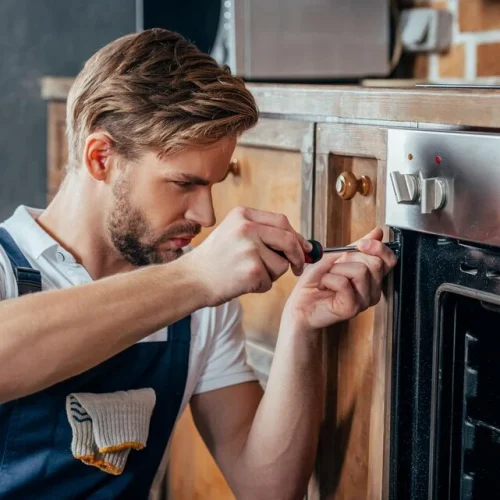
Malfunctioning Thermostat or Temperature Sensor
The thermostat or temperature sensor in your oven keeps track of the temperature inside and communicates with the control board to regulate the heat. If the thermostat or sensor isn’t working properly, your oven might not heat correctly, or at all.
Solution:
You can test the temperature sensor’s resistance with a multimeter. If the resistance doesn’t change as the temperature changes, it’s likely defective and should be replaced. Sometimes, the thermostat just needs to be recalibrated, which you can do by following the instructions in your oven’s manual.
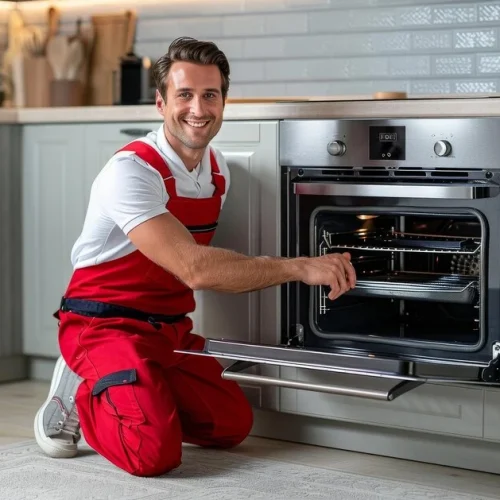
Igniter Issues in Gas Ovens
In gas ovens, the igniter is responsible for lighting the gas burner, which is crucial for heating. If the igniter is weak or faulty, it might glow but fail to actually ignite the gas, leaving your oven cold.
Solution:
Turn on your oven and observe the igniter. If it takes longer than usual to light the gas or doesn’t ignite at all, the igniter might need to be replaced. This is a common repair for gas ovens and typically involves swapping out the old igniter for a new one.
Sometimes, the issue may not be with the oven itself but with the power supply. For electric ovens, check if the oven is properly plugged in and if the circuit breaker has tripped. A partially tripped breaker can result in the oven receiving insufficient power, which might prevent it from heating.
Broken Door Seal
A damaged or worn-out door seal can cause heat to escape from your oven simply by making it difficult to reach or maintain the desired temperature. This can make it seem like your oven isn’t heating properly, even though it’s trying to.
Solution:
Check the door seal for any cracks, tears, or gaps. If it’s damaged, in order to address this problem, replace it with a new one. A tight seal will help your oven heat more efficiently and maintain the right temperature.
By utilizing these steps, you can figure out the problem with your oven not heating and troubleshoot the problem effectively.
Leave the Burden and Hazards of Oven Repair to the appliance technicians at Travis County Appliance Repair!
Dealing with a malfunctioning oven that’s not heating isn’t just inconvenient; it can also be downright hazardous. Electrical components, gas lines, and high temperatures make oven repair services particularly risky for those without proper training. Attempting to fix it yourself can lead to serious injury, further damage to the appliance, or even a fire. At Travis County Appliance Repair, we understand that your safety and peace of mind come first. That’s why our team of skilled technicians is here to provide expert appliance repair services in and near Austin, TX, so you don’t have to take on these dangers yourself. It’s understandable and smart to leave such tasks to professionals who specialize in home appliance repair. Our appliance repair company ensures that your appliances are in the best hands. Trust our experienced technicians to handle the job safely and efficiently. Contact us today and let the experts take care of it for you!
Frequently Asked Question
Your oven might stop heating due to a few problems such as: a burnt-out heating element, a faulty thermostat or temperature sensor, a weak igniter in gas ovens, power supply issues, or even a worn-out door seal letting heat escape.
Check for visible damage like burn marks or cracks on the heating element. You can also use a multimeter to test for continuity. If the element is damaged or doesn’t show continuity, it needs to be replaced.
While some minor issues, like replacing a heating element, can be done by you, many oven repairs involve risks such as electrical shock, gas leaks, or fire hazards. It’s a safer and smarter option to hire a professional home appliance technician, especially for more complex issues.
If you’re unsure of the problem, lack the necessary tools or experience, or if the issue involves electrical components, gas lines, or complex repairs, it’s best to contact a professional appliance technician to avoid injury or further damage.
amazing things you didn't know about Appliance Repair

Common Reasons Your Sub-Zero Wine Cooler Not Cooling Properly
Common Reasons Your Sub-Zero Wine Cooler Not Cooling Properly If your Sub-Zero wine cooler isn’t cooling properly, it can be frustrating and concerning. Maintaining the right temperature is essential for preserving your wine collection, so
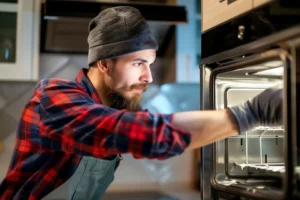
Oven Doesn’t Heat? Troubleshoot and Fix the Problem With Travis County Appliance Repair!
Oven Doesn’t Heat? Troubleshoot and Fix the Problem With Travis County Appliance Repair! An oven is the center of the kitchen, crucial for everything from quick weeknight dinners to special family feasts. It’s more than
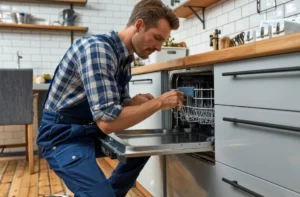
5 Tips on How to Choose a Dishwasher Repair Technician
5 Tips on How to Choose a Dishwasher Repair Technician Why a Trustworthy Dishwasher Repair Technician Matters? When your dishwasher breaks down, it can quickly disrupt your daily routine and cause frustration. Promptly addressing the
